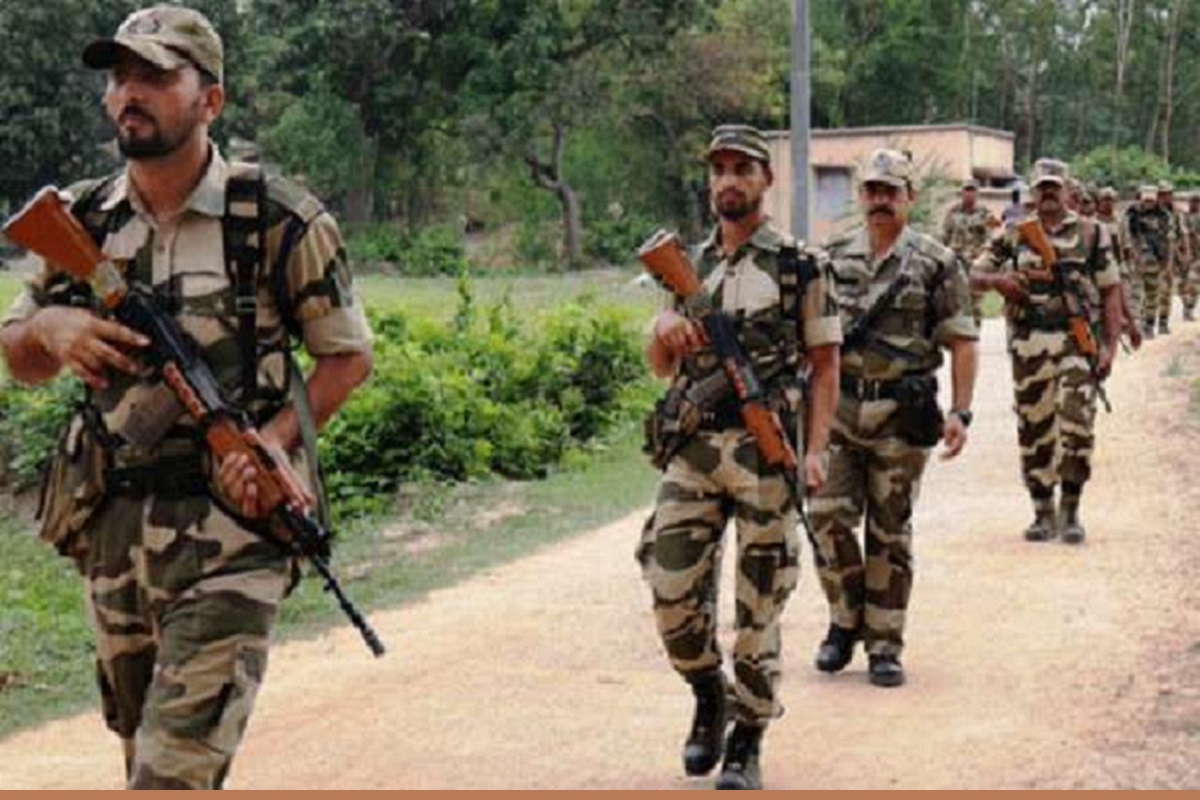Scrutinising budgetary allocations, the Parliamentary Standing Committee on Home Affairs recommended last year that states “develop own capabilities” to fight Left Wing Extremism, which continues to strike despite tough steps against it.
Last Saturday, 22 personnel of Central and state paramilitary forces lost their lives and 33 others were injured in an ambush by the outlawed Maoists in Sukma-Bastar region of Chhattisgarh.
After examining the Home Ministry’s budget for 2020-21, the standing committee had observed: “The committee is of the view that the Central Armed Police Forces (CAPFs) can’t substitute State Police Force as their deployment is to meet the emergency situation/ crisis in states for maintaining law and order.”
The committee recommended “that the concerned states develop their own capabilities to face/handle such situation on permanent basis.” The requests for extension of deployment and increase in the quantum of Central forces must also be examined and linked to the development of state police capabilities, the committee said.
Those killed in the ambush belonged to CRPF’s elite CoBRA, District Reserve Guard, District Force and Special Task Force of Chhattisgarh Police.
The standing committee raised the issue of delay in construction of roads and rehabilitation of surrendered extremists in most LWE-affected districts along Telangana and Chhattisgarh border. Funds were allocated for extremist hit district roads in the border areas of Telangana and Chhattisgarh, but the construction of roads was slow.
The committee observed some extremists who had surrendered over the years were living below the poverty line. “Since extremism has arisen on account of real and perceived neglect, deprivation and disaffection, mainly towards the downtrodden,” the committee said the Home Ministry should devise a robust surrender-cum-rehabilitation policy for LWE-hit states.
The committee commented on the lower allocations compared with last financial year, and said the financial cuts could hamper infrastructure support to fight LWE, and “negatively impact the capabilities of police forces.”
The Home Ministry supports the state governments extensively by way of deployment of CAPF Battalions, provision of helicopters and UAVs and sanction of India Reserve Battalions (IRBs)/Special India Reserve Battalions (SIRBs).
Though Maoist activities continue in Chhattisgarh, Odisha, West Bengal, MP, Andhra Pradesh, Bihar, Jharkhand and Telangana, the Home Ministry’s latest annual report claimed that last few years had seen a significant decline in LWE violence and its geographical spread.
In 2019, Chhattisgarh with 263 incidents and 77 deaths, remains worst-affected state followed by Jharkhand (200 incidents and 54 deaths), Maharashtra (66 incidents and 34 deaths), Bihar (62 incidents and 17 deaths), and Odisha (45 incidents and 11 deaths).











